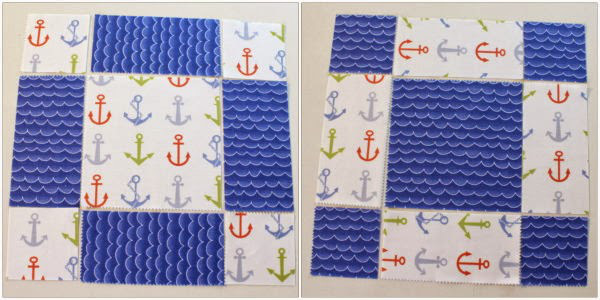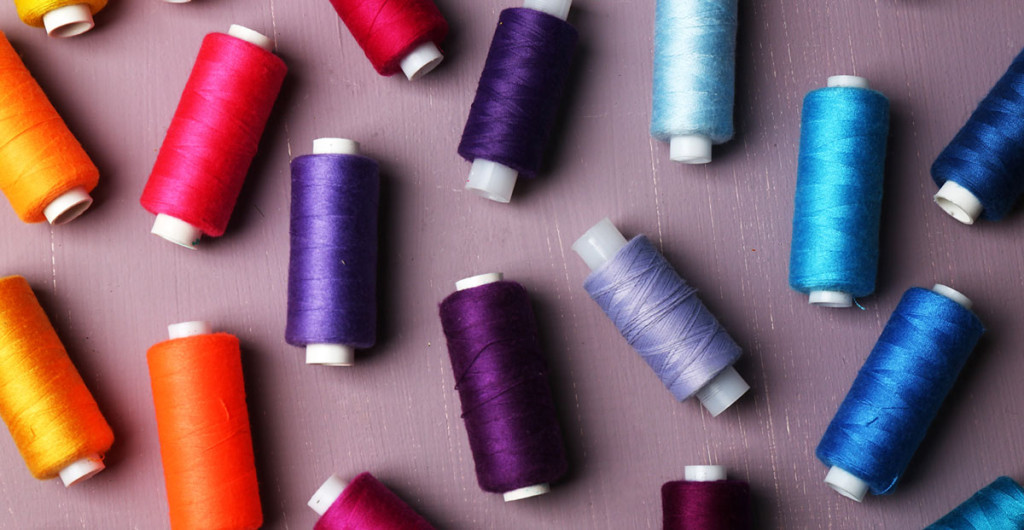Stepwise Instructions To Bind Your Miniature Quilt
 So, you have got your mini quilt ready and looking out for ways to attach them. Here you go with simple ways to join your quilts. The size of the quilt determines the pattern of binding. To start with 1/8-inch-wide single fold binding, cut the binding strips. For instance, if the size of your quilt is 15 x 15 inches, the total length required would be 70 inches. So, cut two long strips in exact halves and attach them to form a single piece. Now, begin sewing at 45-degree angle to stitch them together. As you reach the corner, make sure to leave 1/8-inch space at the edge of the fabric.
So, you have got your mini quilt ready and looking out for ways to attach them. Here you go with simple ways to join your quilts. The size of the quilt determines the pattern of binding. To start with 1/8-inch-wide single fold binding, cut the binding strips. For instance, if the size of your quilt is 15 x 15 inches, the total length required would be 70 inches. So, cut two long strips in exact halves and attach them to form a single piece. Now, begin sewing at 45-degree angle to stitch them together. As you reach the corner, make sure to leave 1/8-inch space at the edge of the fabric.
Turn the binding strip upwards and bring it parallel to the quilt. Now, proceed sewing on the other sides and remember to stop a few inches before the edge. Position the beginning tail that features an angular cut above the ending tail. Draw a diagonal line to identify the intersecting point. Now make a cut that is half an inch away from the line to provide seam allowances on either end. As you join the seam, attach the binding strip to the front side. Then, press the bind such that it creates a fold. Now, move the binding piece to the backside and fold.
As the edges of the quilt meet with the binding strips at the front and the rear sides, fold it further. Now, conceal the rough edges of the quilt. Make use of the binding clips to secure the folds. On the front-side of the quilt, you will find a thin binding edge. It is important to keep the binding in symmetry across the rest of the sides of the quilt. Again, use some clips to secure the folds. Now, continue to stitch the binding by hand. If you use precise measurements at the beginning of binding, it allows you to develop an incredible miniature quilt.

 It is essential to understand the use of a presser foot for quilting with ease. First, form a quilt sandwich by attaching the quilt top, quilt backing, and quilt batting together. Make sure to have a larger batting and backing to accommodate the quilt top. The batting should be two inches bigger and the quilt backing one inch larger. After gathering the pieces, place the right side of the quilt backing downwards. Position the batting on top of the quilt backing. Eliminate the wrinkles and create a smooth surface. Center up the placement of the batting. Finally, place the quilt top above the batting by smoothing the surface.
It is essential to understand the use of a presser foot for quilting with ease. First, form a quilt sandwich by attaching the quilt top, quilt backing, and quilt batting together. Make sure to have a larger batting and backing to accommodate the quilt top. The batting should be two inches bigger and the quilt backing one inch larger. After gathering the pieces, place the right side of the quilt backing downwards. Position the batting on top of the quilt backing. Eliminate the wrinkles and create a smooth surface. Center up the placement of the batting. Finally, place the quilt top above the batting by smoothing the surface.